What are Phillips and JIS drive for screws?
47279 Views |
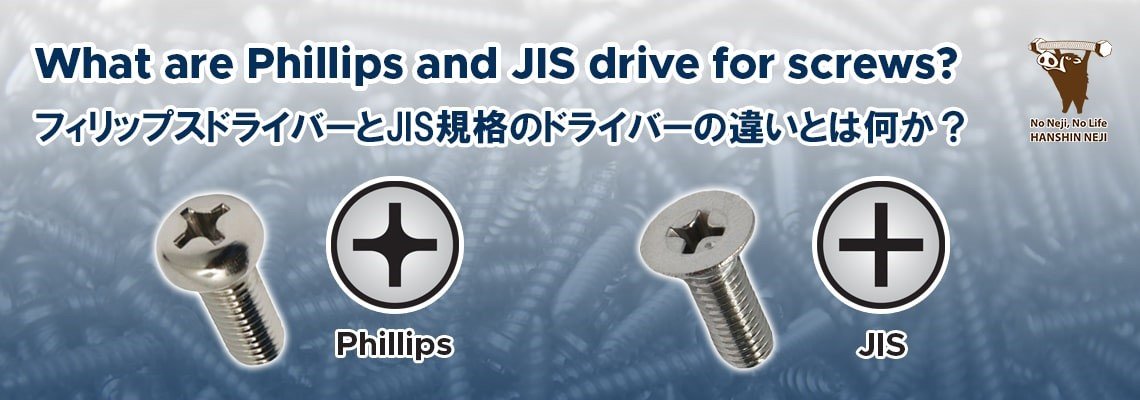
As screwdriver is one of every household and industry must have tool, have you wondered why sometimes it can’t fit perfectly into some screw drive head or easy to be slip out of the head?
Let’s start with Phillips screw drive brief history, this drive is originally invented by John P. Thompson, an auto mechanic from Portland, USA in 1932. He developed a cross-like shape screw drive head that has four simple slots cut which look like “(+)”, which be able to fasten by hand screwdriver.
Then on 1933 the patent of this drive was transferred to Henry F. Phillips, the managing director of the Oregon Copper Company, a mining outfit in eastern Oregon. The wording on the patent means that it was awarded directly to Henry Phillips, even though Thompson is credited with the invention.
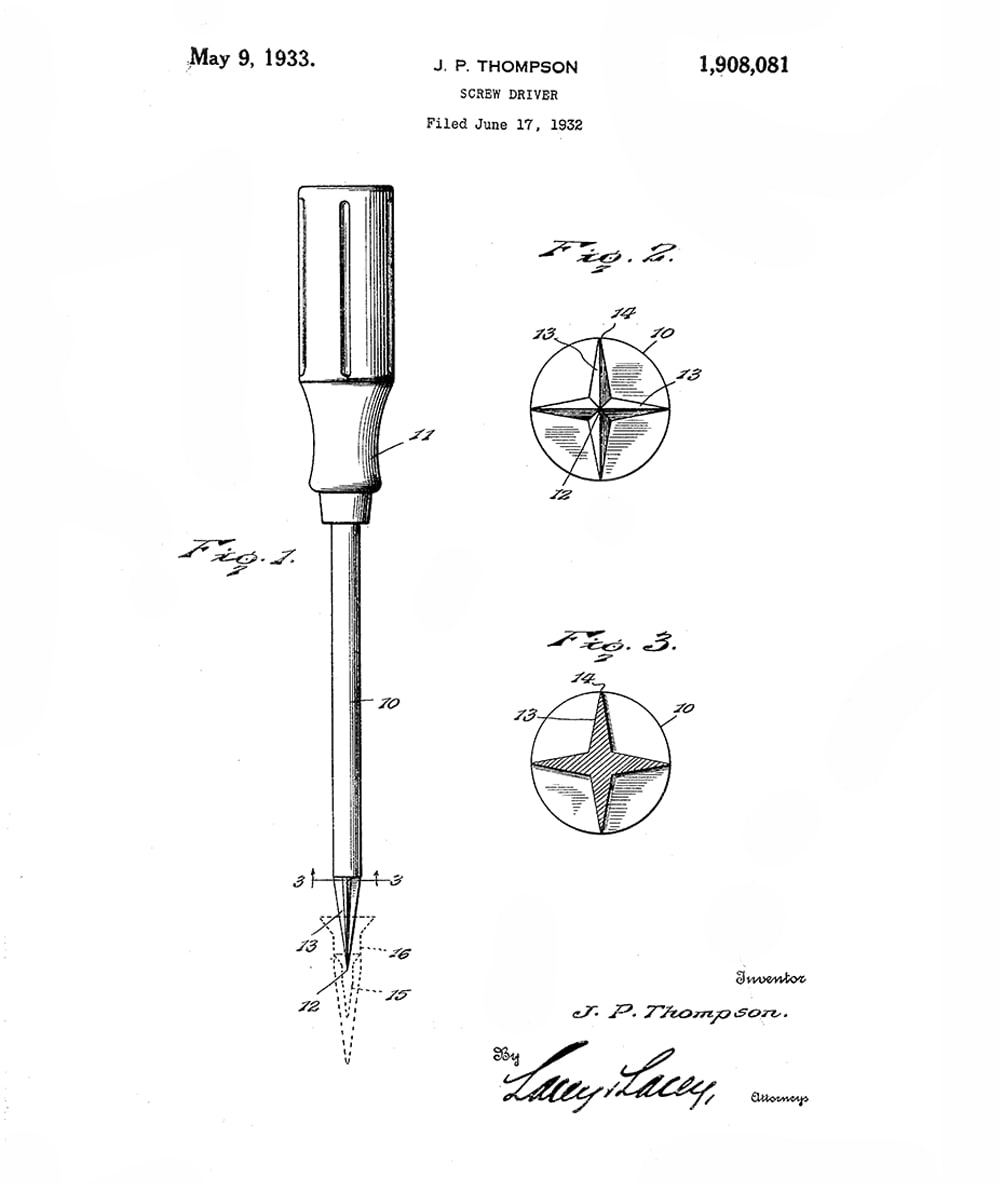
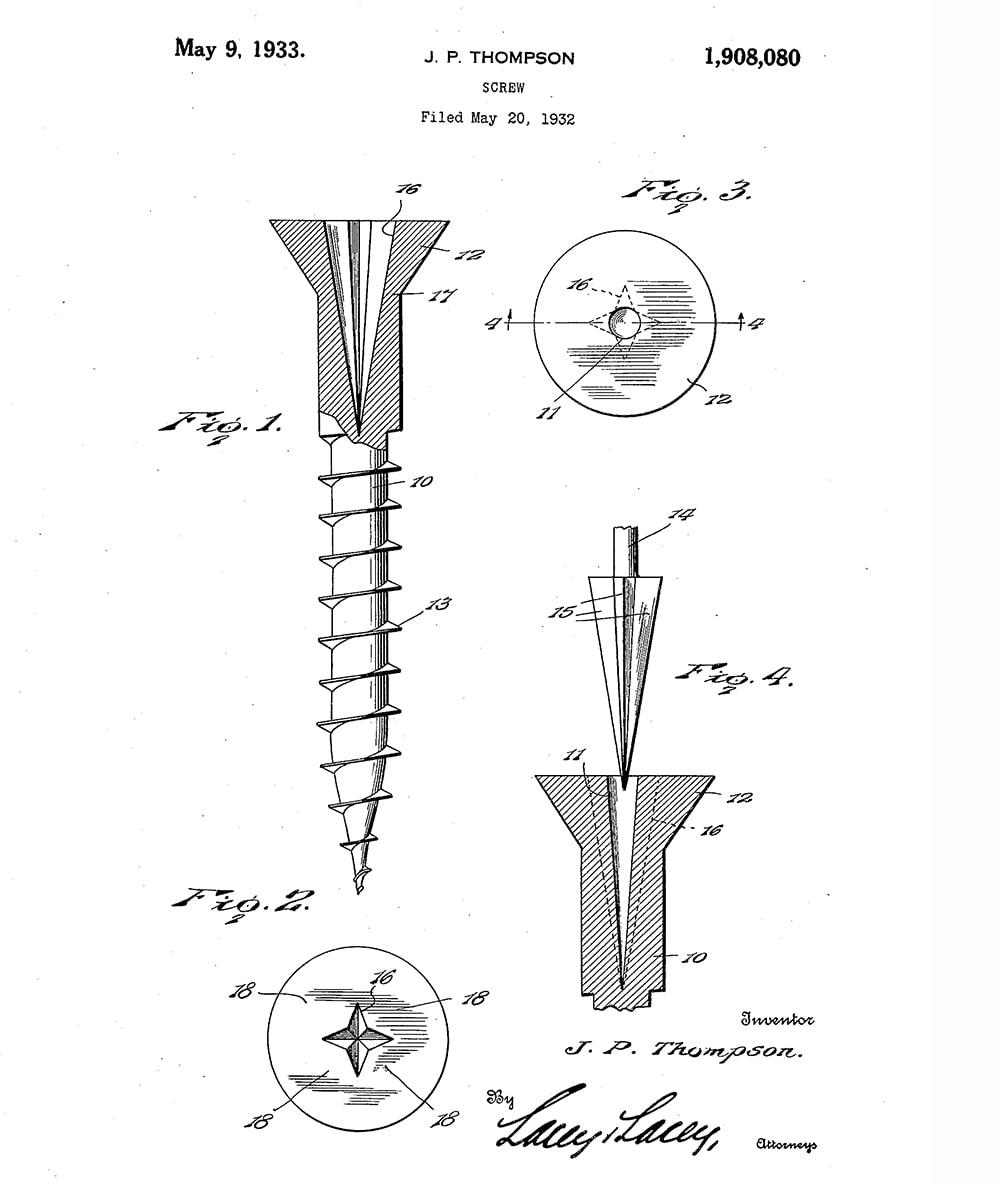
After obtained the patent, Phillips established the company as Phillips Screw Company in Portland, USA in 1933 to aim for licensing the design to manufacturer. The first manufacturer who produced Phillips drive screw was American Screw Company who assigned from Phillips to manufacture and develop this screw drive.
In 1936, the Phillips screw drive was launched to the market, and the first industrial customer was General Motors, which used Phillips screw to build Cadillac automobiles in 1937.
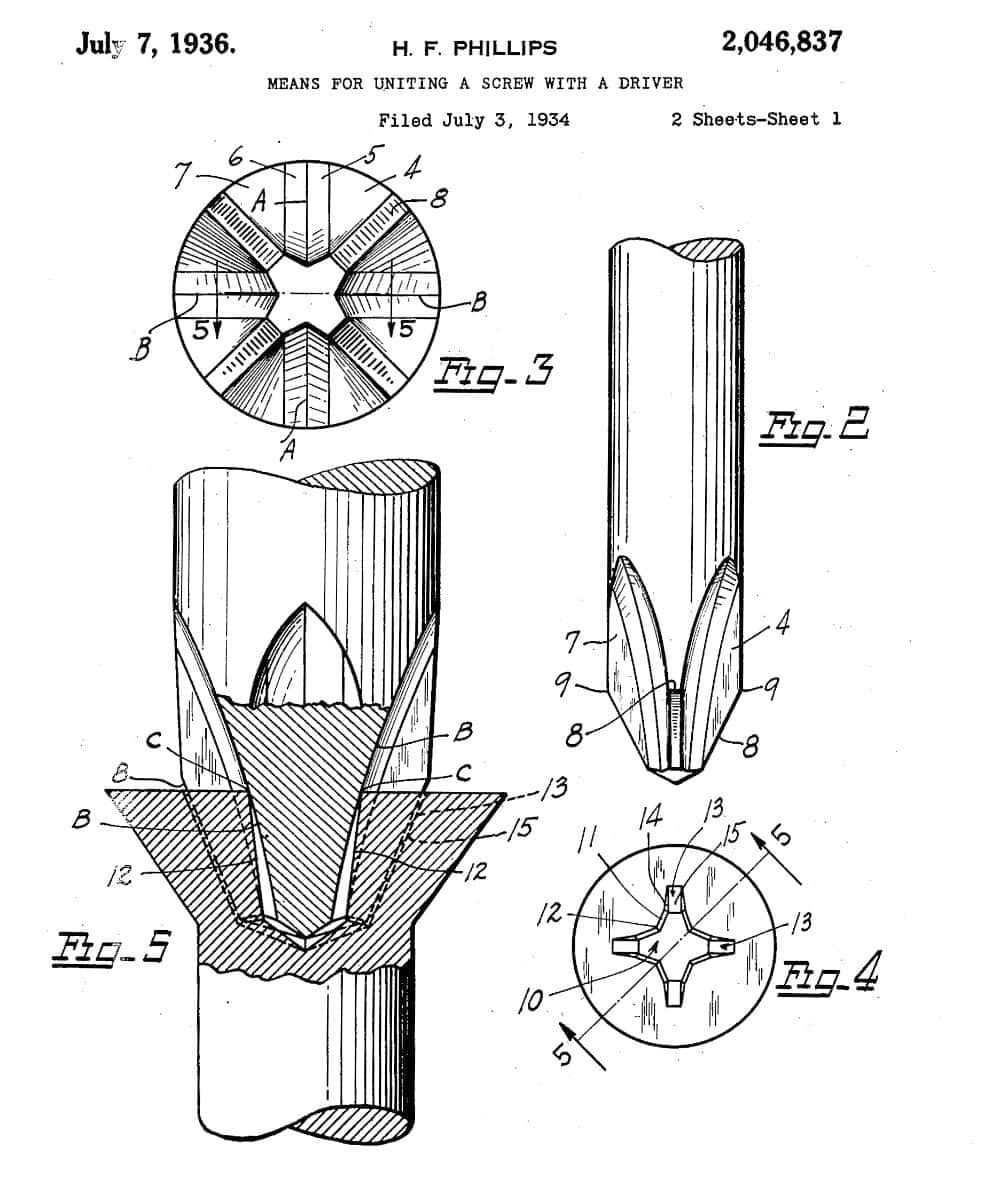
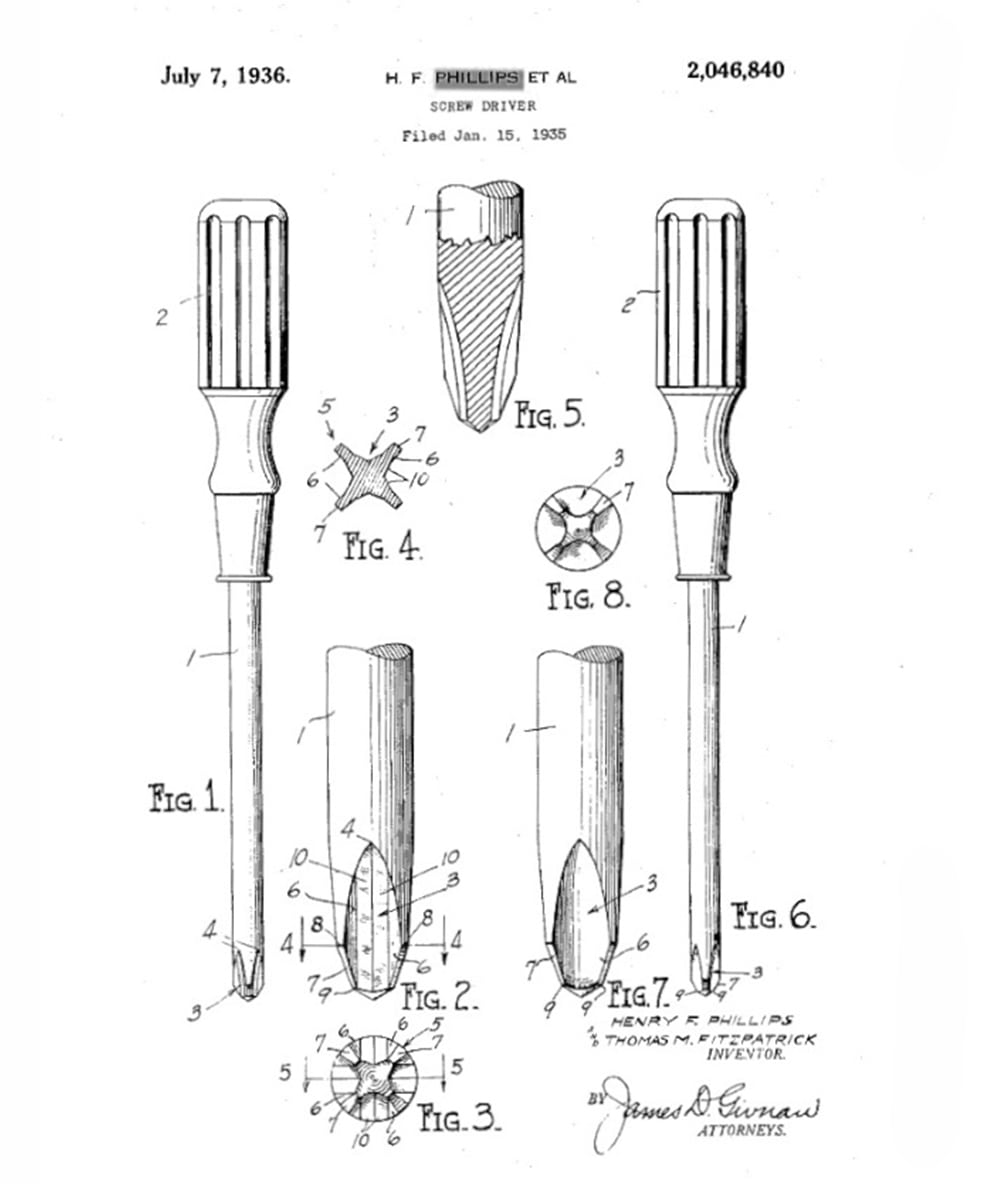
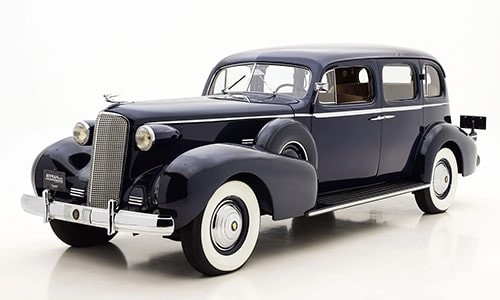
After proved application by American automobile company, along with its advantages as naturally self-centering/aligning, prevent driver from slipping, and greatly reduce manufacturing time with "either fasten by hand or by power-driven types of tools". Made Phillips drive famous among automotive and automation industry.
Soon after, it was spread to the railroad, aviation, and other industries worldwide from 1939. In Japan, J. Osawa Company (株式会社大沢商会) was the one first company to get the license of Phillips screw and start production in Kyoto at that time.
Phillips screw keep developing its drive by the time until it turned to be Phillips screw drive that has a cross-recessed mark that look like a cross(+) on the screw head as we see today, this drive system prevent overtightening by let driver cam-out (slip) from the screw head drive after a certain torque was reached.
Then lots of similar drive systems were influenced by Phillips drive afterwards such as JIS, Pozidrive, Torx, hexagon socket, Tamper proof screw, and etc.
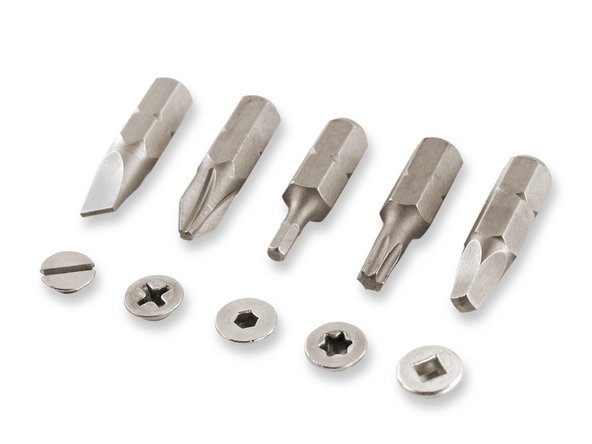
Well, as I explained a lot of things about Phillips screw, now it’s time for JIS turn.
According to my research, origin and inventor of JIS head drive is still mystery.
Some sources, says that Vessel, the oldest screwdriver maker in Japan did a great contribution for JIS head drive.
Some says that, a Japanese and British invented this drive…
Anyway, this JIS drive as known as JIS B-1012 is defined by JIS (Japanese Industrial Standard) in 1950s, for cross-recessed drive system. It came up with emerging market for Japanese industrial product such as Audio-player, car, motorcycle, and etc.
Look at their appearance between Phillips and JIS drive, they may look the same but in detail there are differences in specification.
Phillips drive screw
At center of the cross(+) Phillips screw will have rounder interior and it will allow screw driver to cam-out(slip) when once the screw was tight(Reached a certain torque). This function is to prevent excess torque to the screw rather than damage the recess and bit.
Phillips drive head size will be defined as PH1, PH2 or PH… as it’s size.
JIS B-1012(S-Type) drive screw
At center of the cross(+) JIS screw will have less round interior cross-point, JIS also have the self-centering. However JIS design allowed torque and over-tightening to be controlled by user/operator not at the head of the systematic of the screw type. Some of JIS drive screw may have a dot mark on its head to distinguished its own standard out of other, but not all of them are going to have a mark. It seems to be difficult to notice right?
Well, if those products are Japanese appliance, motorcycle, equipment and machines. They are likely to have a JIS screw assembled with them. This is just an assumption, not all of Japanese manufacturer will assemble JIS screw into their products. So please be careful.
JIS drive head size will be defined as #1, #2, #3 or #...
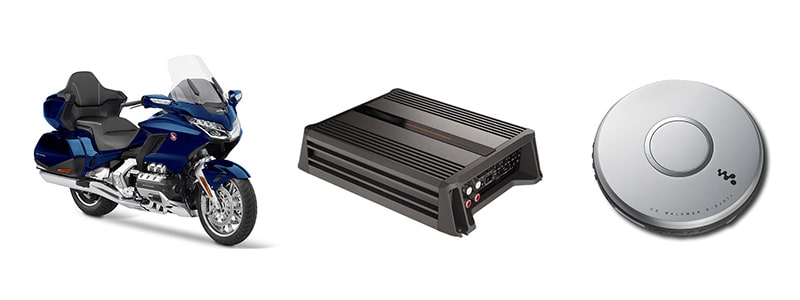
Then what are the problem, are they be able to use a screw driver to fasten each other right?
Answer is …. Both yes and no! ?
Due to the different profiles, the conventional Phillips screwdriver’s tip will not seat all the way down into a JIS screw head. One reason is that the corner radius at the cross-section on a JIS screw head is smaller than that of a Phillips tipped screwdriver.
Also, most JIS screws have a pointier tip and but a Phillips screwdriver has a longer tip design (compares to Japanese cross-point driver), it won’t fit all the way down into a JIS screw. As a result, a Phillips tip may not grip the sides of the JIS screw properly and will most likely cause the operator to “cam-out” and damage the screw drive.
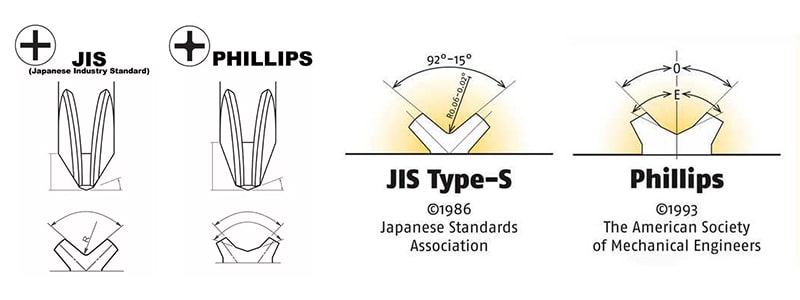
On the other hand, a Japanese cross-point screwdriver fits both JIS and Phillips screws perfectly. If you don’t know what type of screw you are fastening, then we would highly recommend using a JIS screwdriver since it’s universal for both screw types.
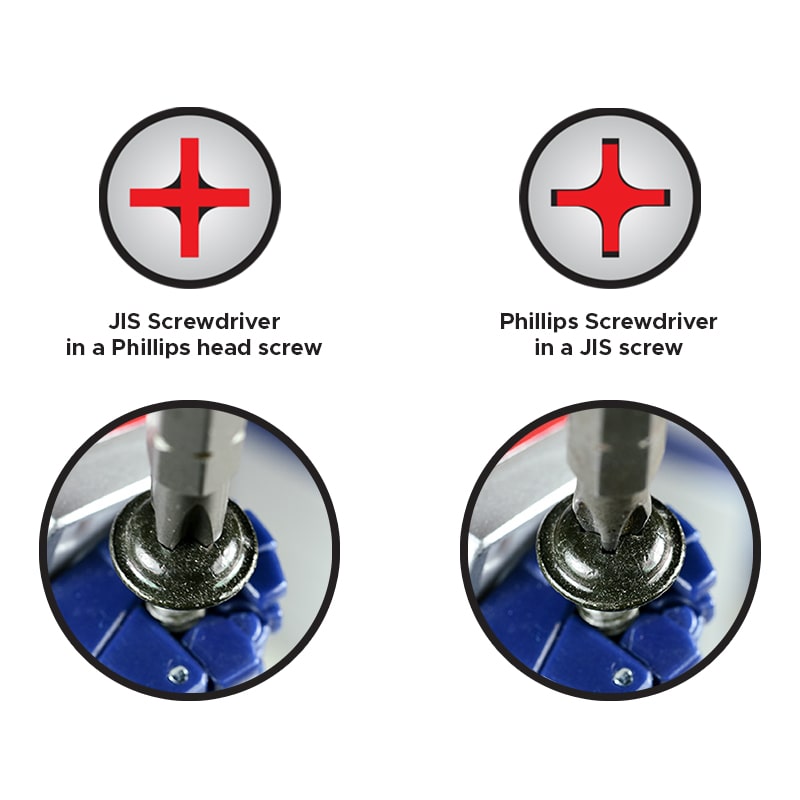
TIPS : JCIS(Japanese Camera Industrial Standard)

Among JIS screw there is JCIS screw as well! JCIS stands for Japanese Camera Industrial Standard. This standard is designed for the micro screws using for camera devices when Japanese camera became popular worldwide during 1960s.
Micro screws in JCIS refers to Pan, Flat, and Oval head screw sizes, M1, M1.2, M1.4, M1.6, M1.7,M2.0, M2.3, M2.5, M2.6. They will define their sizes as #0, #00, and #000
Hanshin Neji have both Phillips and JIS(B-1012) screws for sales, from the smallest size as micro JCIS screw to larger size as it’s available in the market. Please feel free to contact us for any fasteners inquiry.
Written by,
Mr.Nuttapol Sirilert
International Sales Team
Hanshin Neji Co.,Ltd.



